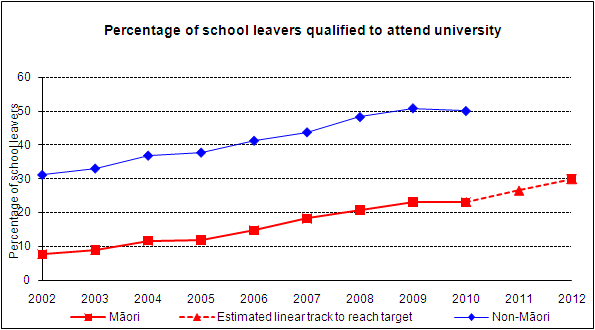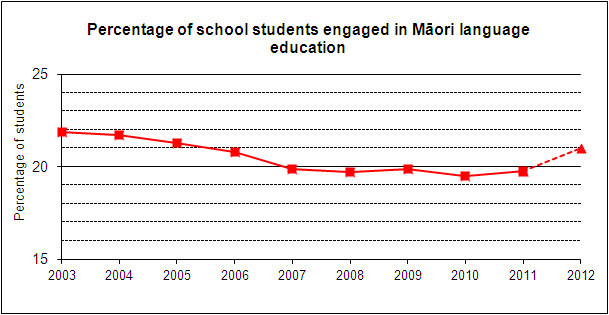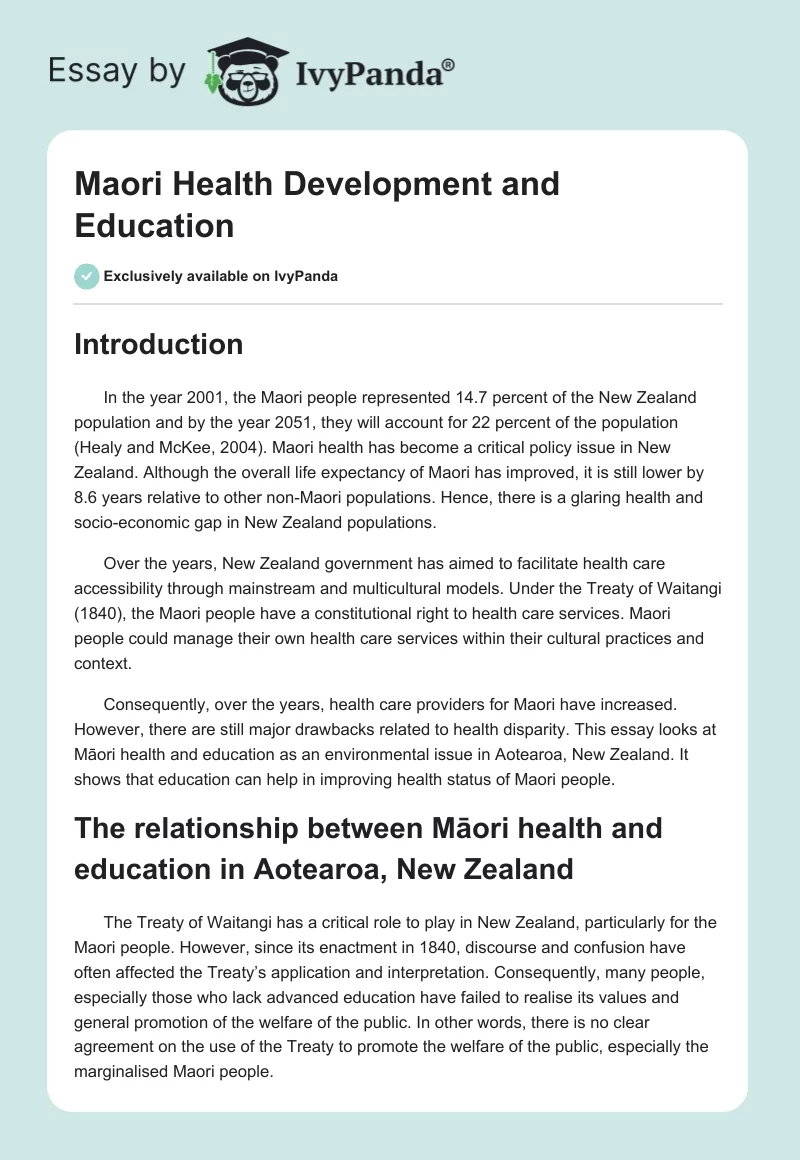Introduction
In the year 2001, the Maori people represented 14.7 percent of the New Zealand population and by the year 2051, they will account for 22 percent of the population (Healy and McKee, 2004). Maori health has become a critical policy issue in New Zealand. Although the overall life expectancy of Maori has improved, it is still lower by 8.6 years relative to other non-Maori populations. Hence, there is a glaring health and socio-economic gap in New Zealand populations.
Over the years, New Zealand government has aimed to facilitate health care accessibility through mainstream and multicultural models. Under the Treaty of Waitangi (1840), the Maori people have a constitutional right to health care services. Maori people could manage their own health care services within their cultural practices and context.
Consequently, over the years, health care providers for Maori have increased. However, there are still major drawbacks related to health disparity. This essay looks at Māori health and education as an environmental issue in Aotearoa, New Zealand. It shows that education can help in improving health status of Maori people.
The relationship between Māori health and education in Aotearoa, New Zealand
The Treaty of Waitangi has a critical role to play in New Zealand, particularly for the Maori people. However, since its enactment in 1840, discourse and confusion have often affected the Treaty’s application and interpretation. Consequently, many people, especially those who lack advanced education have failed to realise its values and general promotion of the welfare of the public. In other words, there is no clear agreement on the use of the Treaty to promote the welfare of the public, especially the marginalised Maori people.
One fundamental aspect of the Treaty of Waitangi is the Maori health. According to Kingi, the Treaty is responsible for contemporary development of the health of the Maori (Kingi, 2007). The Treaty was developed to curb the decline in the number of Maori people in 1800s (Kingi, 2007). Analysis of the Treaty makes specific reference to Maori health.
The Treaty focuses on property rights, as well as individual rights, which are guaranteed under the ‘royal protection’ (Mutu, 2011). Therefore, Maori people were provided with the same rights and privileges just like other non-Maori people. In addition, the Treaty expresses the desire to guard Maori rights and ensure gratification from order and peace, as well as interventions for favourable outcomes.
Therefore, these are critical contents of the Treaty, which focus on the contemporary issues affecting the Maori people. These issues aim to provide some rights and protection to Maori people so that they can have same privileges and rights as other non-Maori people.
As health status of the Maori people indicates, there has been an increase in life expectancy of Maori people (Ellison-Loschmann and Pearce, 2006), but it remains the poorest relative to all ethnic groups in New Zealand as the gap between non-Maori and Maori people continues to widen. This means that Maori people have not been able to realise full potential of the Treaty relative to non-Maori people, particularly in health and other socio-economic factors.
According to the Maori people, the Treaty is a perfect framework for developing their health care programmes. It accounts for their whanau, which health care providers must recognise and respect when providing care services to Maori people. Therefore, the Treaty has a fundamental role to play in promoting and sustaining health care services among Maori people.
In fact, it forms a basis of ‘good health’ for Maori people. The only major challenge is that health care stakeholders have failed to embrace the Treaty as a perfect foundation for effective providing health care services to Maori people. Nevertheless, scholars have favoured the adoption the Treaty as a framework for Maori health development.
Māori health and education within the socio-political context of Aotearoa, New Zealand
Generally, education has a critical role to play in transforming health status of the Maori people. Specifically, medical education in Aotearoa/New Zealand should produce qualified personnel that can meet health care needs of Maori people. However, studies have noted that resources required for providing effectual “Hauora Māori curriculum were extensive, whereas there was a serious shortage of well-trained educators for both undergraduate and postgraduate medical students” (Jones et al, 2010).
Therefore, developing the capacity of Maori heath educators and workforce remains an essential approach in addressing the increasing health disparities in New Zealand. In addition, there is a need to increase the number of Maori health educators to provide high quality education that can ensure that medical graduates can address various challenges associated with Maori health.
There has been a focus on promoting Hauora Māori as a special field in medical education for Maori people. However, Hauora Māori should incorporate other ethnic groups to broaden its scope and prevent possible marginalisation of the curriculum.
One critical area in Maori medical education has been cultural competence. It is imperative to recognise that Maori health education must reflect specific learning objectives and incorporate certain approaches for developing culturally competent health care providers. Jones et al. (2010) pointed out that indigenous health education in Maori health education was critical for ensuring optimal graduate outcomes.
Although many important issues exist, a clear focus on institutional reforms to support Maori health education can address such challenges. Such reforms must address the field of cultural competence in Maori health education. This would increase knowledge, skills, and attitudes of health care workers who provide services for diverse populations.
According to Betancourt, effective understanding and applications of sociocultural issues, which relate to “patients’ health values, beliefs and behaviours is critically linked to good clinical practice and should be embedded within undergraduate medical curricula” (Betancourt, 2006). Therefore, cultural competence should be a core part of the New Zealand health education because it can address health inequalities among the marginalised Maori people (Bacal, Jansen and Smith, 2006).
Contemporary developments addressing Māori health
There has been a major focus on education to address health care challenges among Maori people. Teaching and learning Hauora Māori (Māori health) in medical curricula have become fundamental in New Zealand (Jones, Henning, Pinnock, Shulruf, & Hawken, 2013). However, some challenges within the Maori educational curriculum have affected the outcomes.
Scholars have noted that any changes in Hauora Māori teaching and learning should focus on “assessment, teaching capacity and the hidden curriculum” (Jones et al., 2013). In addition, researchers interested in understanding professional aspects of health care provision and outcomes for the Maori people have identified the need for highly focused education.
Researchers have also pointed out a lack of cultural competence in offering Maori health care services. This situation results into poor health outcomes in several clinical areas (Jones et al., 2013).
One such attempt to enhance cultural competency in Maori health care provision involves cultural safety education, which is a framework that evaluates the relationship between health care providers and their clients (Ellison-Loschmann and Pearce, 2006). This initiative supports other interventions in Maori health education. It has been a part of the midwifery and nursing programmes since 1992 (Ramsden, 2002).

From the figures provided by the Ministry of Education, the rate of Maori education status continues to rise, but generally remains low relative to non-Maori people (fig. 1). Consequently, scholars have noted that realising and application of the goals of education in Maori health care require curriculum development, educators’ involvement, and continued assessment to determine learning outcomes.
The inclusion of Hauora Māori in formal curriculum with defined learning outcomes and evaluation criteria could address some of the challenges that affect Maori education and outcomes. However, effective educational outcomes may not be realised unless Māori health curricula account for its health services (tino rangatiratanga), Kaupapa Māori for cultural values, Kohanga Reo efforts, and Kura Kaupapa Māori.
Therefore, education curricula for Maori health must account for cultural practices, which must be supported by “suitable institutional systems, policies, and structures” (Jones et al, 2010). In this context, some aspects of indigenous leadership and responsibility may facilitate the needed reforms.
Institutional reforms need commitment of leaders who can promote Maori health education, offer significant influences at all levels in education, advocate for adequate resources, recognition, and tackle institutional challenges. Such reforms should also provide opportunities for all educators to teach and evaluate Māori health.
Conclusion
This essay shows that education is critical in realising positive health outcomes for Maori people. It recognises the relevance of the Treaty of Waitangi, which many people have touted as a basis of ‘good health’ for Maori people. However, there is a need for a thorough reform in education to promote Maori health education in order to address many health challenges related to Maori people health care provision and outcomes.

References
Bacal, K., Jansen, P., and Smith, K. (2006). Developing cultural competency in accordance with the Health Practitioners Competence Assurance Act. New Zealand Family Physician, 33(5), 305-309.
Betancourt, J. R. (2006). Cultural competence and medical education: many names, many perspectives, one goal. Academic Medicine, 81(6), 499-501.
Ellison-Loschmann, L., and Pearce, N. (2006). Improving Access to Health Care Among New Zealand’s Maori Population. American Journal of Public Health, 96(4), 612– 617. doi: 10.2105/AJPH.2005.070680.
Healy, J., and McKee, M. (2004). Māori in Aotearoa/New Zealand. London: Oxford University Press.
Jones, R., Henning, M., Pinnock, R., Shulruf, B., and Hawken, S. (2013). Medical students’ and clinical teachers’ perceptions of Māori health teaching. Journal of the New Zealand Medical Association, 126(1377).
Jones, R., Pitama, S., Huria, T., Poole, P., McKimm, J., Pinnock, R., and Reid, P. (2010). Medical education to improve Māori health. Journal of the New Zealand Medical Association, 123(1316).
Kingi, T. R. (2007). The Treaty of Waitangi: A framework for Maori health development. New Zealand Journal of Occupational Therapy, 54(1), 4-10.
Mutu, M. (2011). The State of Maori Rights. New Zealand: Huia Pub.
Ramsden, I. (2002). Cultural Safety and Nursing Education in Aotearoa and Te Waipounamu. Wellington, New Zealand: Victoria University of Wellington.


